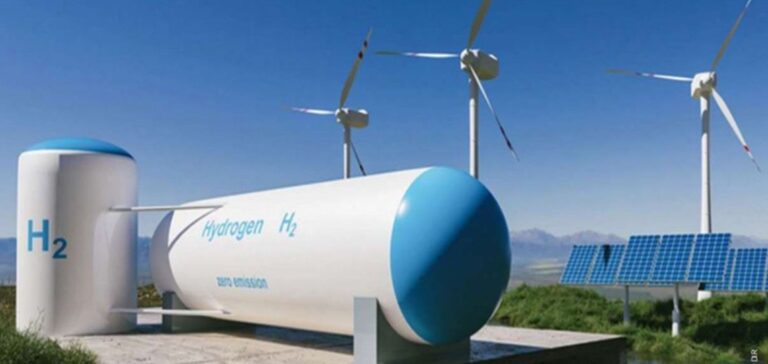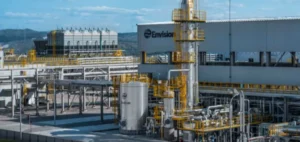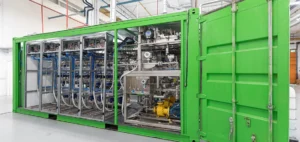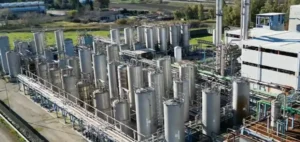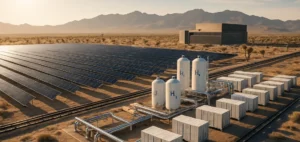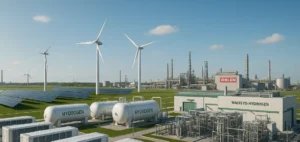In 2021, Joe Biden announced the Infrastructure Investment and Jobs Act to improve public infrastructure and create millions of jobs around low-carbon technologies. For example, the program plans to allocate up to $8 billion to develop six to ten regional clean hydrogen clusters.
In addition, the Inflation Reduction Act (IRA) passed by the U.S. Congress will officially go into effect on January1, 2023. It encourages climate action through subsidies ranging from 60 cents/kg to $3/kg in tax credits for hydrogen producers.
This scheme is already generating significant cash flow and marks a real step in the decarbonization of the United States. For the time being, the majority of hydrogen produced in the country is “grey” hydrogen from natural gas.
Measuring the carbon impact
The U.S. government will now base its approach on carbon intensity, urging producers to specialize in clean hydrogen. In this regard, the legislation provides that hydrogen projects emitting between 4 kg and 0.45 kg of CO2 will receive between 60 cents/kg and $1.02/kg. Those with emissions of 0.45 kg or less will receive the maximum amount of $3/kg.
For example, Air Products and AES Corp have already announced a new $4 billion project in North Texas deploying 1.4 GW of renewable energy.
The United States will progress in this direction reaching a global electrolyzer capacity of 7% in 2023 and 17% the following year for a total of 3,169 MW. In comparison, Europeans are expected to total 16% by the end of this year and 35% by 2024.
In addition, the IRA states that a project’s emissions will be measured using the GREET model developed by Argonne National Laboratory.
Funding decisions
Several regional groups are now competing for a share of the Infrastructure Investment and Jobs Act funding. This will give hydrogen project proponents until April 2023 to file a final application.
However, Joseph Webster, a senior fellow at the Atlantic Council’s Global Energy Center, expects several projects to emerge before the Department of Energy makes its decision.
“I think there will be movement before the platforms, especially in places where hydrogen is already being used,” he said.
Finally, he added that one region seemed particularly receptive to receiving federal funding for the creation of platforms. The Gulf of Mexico has significant energy resources with high solar energy output in Texas and high CO2 capture and storage capacity along the coast. If the region is successful in receiving funding, it could produce approximately 3.2 million tons per year of renewable hydrogen.

